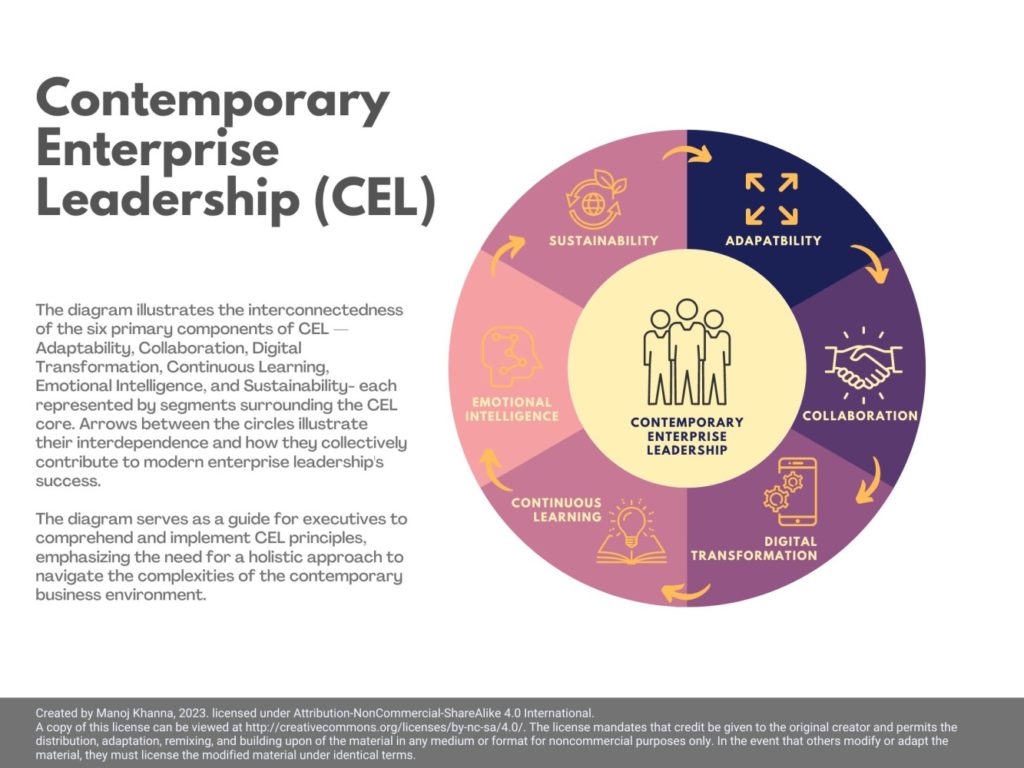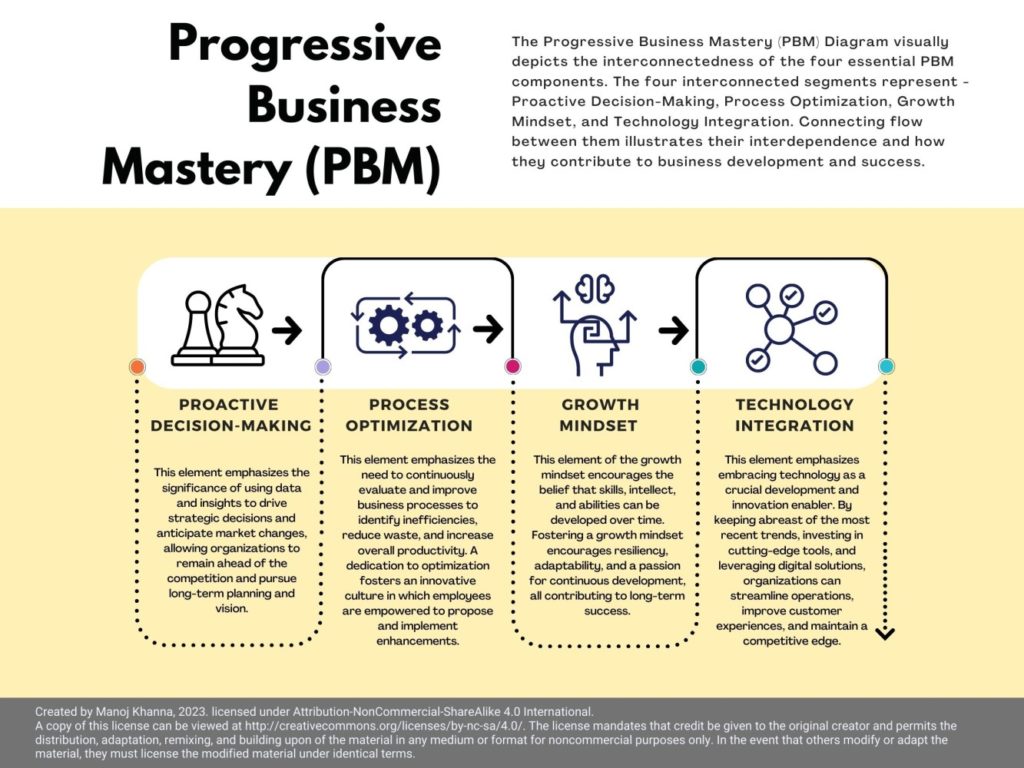Staying Ahead of the Game: Innovating with Systems Thinking, Adapting with Modern Management, and Scaling for Digital Transformation

Effective strategic management is not just a buzzword but a crucial component of success for companies like yours. However, several significant concerns challenge these organizations and can hinder their growth and profitability. From resource allocation to intense competition, these obstacles require careful planning and execution. To ensure your company remains at the forefront of your industry, addressing these challenges head-on is not just a choice but a necessity. Let’s explore these issues further.
Managing Growth and Scale:
As companies experience growth and reach new levels of success, they often encounter various complex challenges. One of the most significant hurdles is effectively managing their increased size and scale. This can manifest in several ways, including operational inefficiencies, decision-making difficulties, and other organizational structure and management issues. Without proper planning and management, these challenges can impede the company’s progress and limit its potential for continued growth and success.
Competition and Market Disruption:
In the current business landscape, companies are experiencing unprecedented competition. They are facing the challenge of rival companies that have been around for years and have to contend with new market entrants eager to make their mark. Moreover, the rapid pace of technological advancements and ever-evolving consumer preferences are causing significant disruptions in various industries, leading to a great deal of ambiguity and making it challenging for companies to keep up with the latest trends and stay ahead of the competition.
Talent Management:
In today’s highly competitive business landscape, it has become daunting for companies to attract and retain the best talent. The cutthroat competition for top-quality employees has made it increasingly difficult for businesses to acquire the best candidates. Furthermore, work is rapidly evolving, with many individuals opting for remote or flexible work arrangements. As a result, companies need help to foster a strong sense of culture and community, which is crucial for building a cohesive and motivated team.
Sustainability:
In today’s world, sustainability and handling environmental, social, and governance (ESG) issues have become crucial for businesses. With investors and consumers becoming more conscious of how companies address these issues, many organizations are taking proactive measures to lessen their environmental impact, improve their social impact, and increase transparency around governance practices. Businesses prioritizing ESG factors are more likely to build a positive reputation and stakeholder trust, ultimately driving long-term growth and profitability.
Digital Transformation:
In this rapidly evolving digital era, businesses increasingly invest significant resources in upgrading their digital infrastructure and capabilities. Embracing digital transformation is necessary and a powerful tool that can empower your organization to scale up and realize its full potential, ensuring you stay competitive and relevant in the market.
Political and Economic Risks:
In today’s world, many large companies are worried about the challenges posed by global political and economic instability. Imposing tariffs, trade embargos, economic downturns, political and civil unrest, and other similar factors can significantly impact businesses positively and negatively. Such uncertainties can disrupt supply chains, affect customer demand, and alter the global economic landscape, leading to financial losses or gains depending on how healthy companies adapt to the changing times. As a result, businesses must stay informed about the latest global developments and understand their potential impact on their operations.
ONE.
Revolutionizing Innovation: Using Systems Thinking Models to Drive Success
Systems thinking, a comprehensive approach that aims to comprehend the connections and interdependence between a system’s components, holds immense potential to inspire innovation. By looking at the system as a whole rather than focusing only on individual components, systems thinking not only empowers decision-makers in your organization but also instills a strong sense of confidence in their ability to identify new and exciting opportunities for innovation, thereby driving change.
Systems thinking is a valuable approach to the innovation process as it allows practitioners to consider the entire system. By doing so, they can identify the critical leverage points and areas of intervention that may not be apparent when looking at individual components alone. For instance, in sustainable product design, systems thinking can help find opportunities to reduce a product’s environmental footprint. This can be done by improving the efficiency of individual components and looking at the entire product lifecycle, from raw materials to disposal. Practical tools and techniques of systems thinking include system mapping, which helps visualize the system’s components and interdependencies, and scenario planning, which helps anticipate the system’s behavior under different conditions. These tools and techniques are theoretical concepts and practical tools that can be utilized today to promote innovation in your organization.
One of the key benefits of using systems thinking in innovation is that it fosters cooperation and communication between various stakeholders. This approach values the viewpoints and interests of all system components and makes stakeholders feel valued and integral to the innovation process. As a result, the innovation process becomes more inclusive and efficient, as stakeholders of diverse expertise and perspectives can contribute to it.
One potential disadvantage of using systems thinking in innovation is that it can be complex and challenging to understand, especially for individuals or organizations unfamiliar with the concept. Communicating the results and insights of systems thinking analysis takes much work for stakeholders and decision-makers.
Systems thinking can be time-consuming and resource-intensive, requiring collecting and analyzing large amounts of data and information. This can pose a significant challenge for smaller organizations or startups with inadequate resources for systems thinking analysis.
Moreover, systems thinking may focus on maintaining the current system rather than creating change and promoting innovation. Identifying timescale leverage points for creating meaningful change within a complex system can be difficult.
Although there are potential drawbacks, when used correctly, systems thinking can be a practical approach to drive innovation. The ‘Cradle to Cradle’ design framework is a perfect example of systems thinking in action, developed by William McDonough and Michael Braungart. This framework, which is based on the principles of systems thinking, provides a comprehensive approach to product design that considers the entire lifecycle of a product, from raw materials to disposal. Many companies, including Ford, have successfully implemented this framework, which provides principles for designing safe products and systems for humans and the environment. By considering the entire lifecycle of a product or system, designers using this framework can identify new opportunities to reduce waste and pollution while improving the efficiency and performance of the product or system. This is not just a theoretical concept but a proven strategy that has delivered tangible results for Ford.
The Lean Six Sigma methodology is an excellent example of combining business process improvement techniques with systems thinking. Many organizations have effectively implemented this methodology to promote innovation by detecting and eliminating wasteful and inefficient processes, achieving better productivity and efficiency.
Systems thinking is a potent approach to driving innovation by comprehensively understanding the problem or opportunity and promoting stakeholder collaboration. However, it has potential drawbacks, like complexity and resource intensity. Therefore, practitioners must carefully consider the specific context and goals of the innovation process and be aware of possible challenges before applying systems thinking. By doing so, organizations can effectively harness the power of systems thinking to identify new opportunities for innovation and enhance their competitiveness in the marketplace. This underscores the importance of a tailored approach considering each organization’s unique characteristics and needs.
TWO.
Navigating the Competitive Landscape: How Modern Business Management Techniques Help Organizations Sense and Adapt
Modern business management (MBM) techniques are theoretical concepts, practical tools, and methodologies organizations can use to detect and react to problems and challenges in their competitive environments. These techniques provide a tangible way for organizations to understand their internal and external environments better, recognize opportunities and threats, and make informed decisions that can help them adapt and succeed in a rapidly changing business landscape.
These techniques play a crucial role in strategic decision-making for organizations. One such technique is SWOT analysis, a structured and systematic approach that helps identify an organization’s strengths, weaknesses, opportunities, and threats in the external environment. This information is not just data but a strategic compass that can guide decision-making and pinpoint areas for improvement.
These techniques offer several benefits, including increased agility and responsiveness to environmental changes. Agile project management, Lean management, and Scrum are examples of these techniques designed to help organizations quickly adapt to changes and seize new opportunities. Focusing on delivering value to customers in short-term sprints, embracing changes, and instilling a culture of continuous improvement enables organizations to respond more quickly and effectively to environmental changes and make better-informed decisions.
These techniques also include the Balanced Scorecard and Key Performance Indicators (KPIs), potent tools organizations can use to track and measure their performance over time. By monitoring key metrics aligned with their strategic objectives, organizations can identify areas where they are underperforming and then implement changes to improve their performance. This is about staying on track and achieving and exceeding goals.
Although modern business management techniques can be effective, they have potential drawbacks. One of the main challenges is that they can be time-consuming and resource-intensive to implement, especially for organizations that need to become more familiar with these techniques. Additionally, these techniques may only sometimes align with the organization’s culture and values, making it difficult to achieve buy-in and adoption.
Organizations need help considering qualitative factors with the prevalence of quantitative data and analytics in modern business management techniques.
The MBM techniques can benefit organizations seeking to sense, respond to, and adapt to challenges and problems in their competitive environments despite their potential drawbacks.
Toyota is a prime example of an organization successfully implementing these techniques. The company has adopted several modern management techniques, such as Lean management and Just-in-Time production, which have made it one of the most efficient and profitable automobile manufacturers in the world.
Zara, a popular fashion retailer, is known for its agility in adapting to changes in consumer demand. Its agile business model enables it to speedily design, produce, and deliver new products, keeping it ahead of competitors by responding rapidly to consumer preferences and trend shifts.
In conclusion, the MBM techniques can equip organizations with the tools and methodologies to sense, respond, and adapt to problems and challenges in their competitive environments. These techniques help organizations better understand their internal and external environments, identify opportunities and threats, and make informed decisions that can aid them in adapting and thriving in a rapidly changing business landscape. However, these techniques may only sometimes align with an organization’s culture and can be time-consuming and resource-intensive. Therefore, the proper technique that aligns with the organization’s culture, size, and goals should be chosen. These modern business management techniques can be powerful tools for organizations looking to stay ahead of the competition and achieve long-term success.
THREE.
Scaling Agile for Digital Transformation: Essential Considerations
Digital transformation refers to adopting new technologies and business models to drive organizational change and improve competitiveness. As more and more enterprises embark on digital transformation initiatives, there is a growing recognition of the need for agile practices and principles to support these efforts. The Scaled Agile Framework (SAFe) is a methodology that applies agile principles at the enterprise level, and it has become a popular choice for organizations looking to support their digital transformation efforts. SAFe can be tailored to suit each organization’s unique needs and context, making it a flexible and adaptable framework.
This brief excerpt will delve into the essential requirements of using SAFe (Scaled Agile Framework) in digital transformation. We will examine how SAFe can aid organizations in navigating the intricacies of digital transformation and how it can facilitate the development of a more agile, responsive, and innovative enterprise.
It is crucial to recognize that digital transformation involves more than technology. It also encompasses culture, leadership, and organizational design. In this context, leadership is pivotal in successfully implementing digital transformation initiatives. As leaders, you are the catalysts for change and innovation, and your role in implementing SAFe (Scaled Agile Framework) is crucial and empowering. Your understanding and support of SAFe can greatly impact its successful implementation within your organization.
In digital transformation, alignment is not just an aspect of SAFe; it’s a cornerstone. The digital world is constantly changing, and organizations must align their strategies, goals, and initiatives to move in the same direction. SAFe provides a robust framework to achieve this alignment at all levels of the organization, from individual teams to the portfolio level. This helps create a uniform understanding of goals and priorities, ensuring everyone works towards the same objectives and providing a reassuring direction in the digital transformation journey. This alignment, coupled with the agility, innovation, and customer focus that SAFe fosters can instill confidence in your organization’s ability to navigate the complexities of digital transformation.
Agility is a crucial aspect of SAFe in the context of digital transformation. It’s more than the organization’s ability to respond quickly to market changes, customer demands, and technological advancements. SAFe empowers teams to deliver value iteratively and rapidly, fostering collaboration and coordination across the enterprise. This instills confidence in the team’s ability to adapt and thrive in the digital landscape, promoting a culture of continuous learning and improvement, which benefits the company and encourages employee wellbeing.
SAFe is not just a tool; it’s a catalyst for essential digital transformation goals. It encourages teams to experiment, learn, and adapt, fostering a culture of innovation. This is not just a benefit; it’s a transformative shift that can inspire and excite your organization. Moreover, it puts customers at the center of the organization’s actions by emphasizing the importance of creating value and satisfying customer needs. These are not just benefits; they are the keys to a successful digital transformation, instilling a sense of optimism about the potential outcomes and sparking a new wave of enthusiasm within your organization.
SAFe is a valuable tool for organizations seeking to facilitate digital transformation initiatives. It provides a comprehensive framework for achieving alignment, agility, innovation, and customer focus, which can help organizations navigate the complexities of digital transformation and create a more responsive, adaptable, and competitive enterprise. For instance, Southwest Airlines successfully used SAFe to get better alignment around business value while measuring more significantly than 80% of business value delivered.
Implementing the Scaled Agile Framework (SAFe) can be daunting, demanding considerable time, effort, and resources. Adopting a new framework such as SAFe can be challenging for organizations, requiring significant changes to the established organizational structure and culture. This transformational change can be further complicated by various potential challenges, such as rigid top-down decision-making processes, prioritizing epics, focusing only on methodology, multiple layers of management, stagnation, and issues related to autonomy.
To successfully implement SAFe, organizations must be willing to embrace a cultural shift, revamp their leadership strategies, and redesign their organizational structure. This involves providing the necessary training and support to ensure that everyone in the organization understands and can effectively apply the principles and practices of SAFe. Only by doing so can organizations hope to overcome the challenges associated with implementing SAFe and achieve the desired outcomes.
SAFe can help your enterprise tackle the challenges of digital transformation. It provides a framework for alignment, agility, innovation, and customer focus, making your organization more responsive, adaptable, and competitive. Implementing SAFe requires effort and investment, but it’s worth considering for your digital transformation journey.























